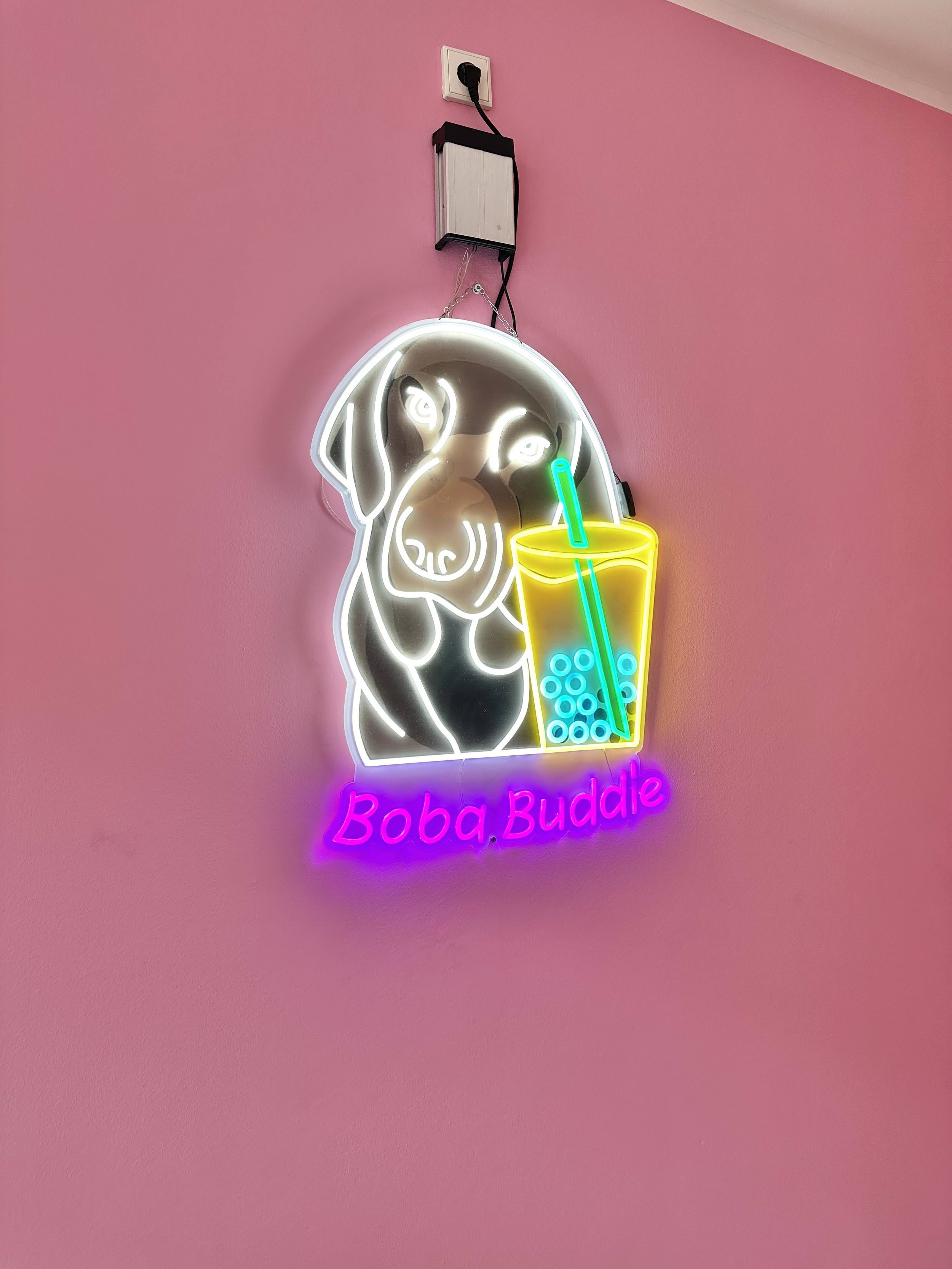Potsdam, 2024: Frederick the Great’s Gay Party Palace
A short train ride away from Berlin is the cute and historic city of Potsdam, which is best known for its royal palaces (from back when Prussia was a kingdom) and the surrounding grounds, which are now open as a park.
The day started a bit grey, and we had to change trains at the zoo and catch the regional train, which is faster than the S bahn, but runs less often (thankfully the Berlin welcome card covers both options). The train was a cute double-decker, though the upper level is apparently for first class tickets:
We got into Potsdam Hauptbahnhof a bit early due to the regional train schedule, so we popped into a coffee shop for a bite and then caught a taxi to Sanssouci palace ahead of our timed entry tickets. Our driver didn’t realize we specifically needed to go to Sanssouci Schloss, even though we’d both said that exact phrase on the way in, so he drove us to the far end of the palace grounds. When we realized and told him where we needed to be, he told us it’s fine, it’s only a 3km walk across the park .
Anyway, once that was resolved, we made it into the palace just in time. The decor, as expected, is over the top.
We also got the audio guide, which helpfully told us a lot about the history. The palace was built by King Frederick the second, often called Frederick the Great, of “Prussia,” which apparently was a big and important kingdom in the 18th and 19th century. Actually to be fair, under Frederick it reached what may be its greatest extent, spanning from the Netherlands border all the way to the Baltics.
The audio guide also hilariously alluded to the marital life (or lack thereof) of the king. After touring the king’s quarters, it said how “unusually there’s no queen’s quarters here, instead hosting a guest room directly across from the king”, and later mentioning how much the writer Voltaire stayed there. Also casually thrown out at one point is that he had no heirs, and his nephew inherited the throne next.
We could put 2 and 2 together, and they sum to gay. From reading Wikipedia later, Sanssouci was well known as a men-only summer retreat, and the king had many regular visitors who stayed the summer with him. This might explain the rather extravagant design of the many rooms in the main palace:
Another piece of information provided by the audio guide involved this green chair:
Towards the end of his life, he suffered from various illnesses and could only sleep sitting up. This chair is apparently the same chair that Frederick the Great died in.
Back to the palace rooms, they each had unique themes, and my favorite was the jungle room. Particularly striking was the “melting mirror” effect:
After touring, we wandered the grounds for a bit, enjoying the fountains, flowers, and sculptures
We also noticed that the front of the palace featured its name, but written as Sans Souci, which translates to ‘without worry’ or more colloquially, carefree:
This basically reinforced our belief that this was Frederick the Great’s carefree gay summer retreat.
We then entered the nearby portrait gallery, which was added later as a way to showcase the royal collection of art, apparently. It’s more than a little bit ostentatious, featuring Italian marble from actual Roman ruins, gilded everything, and so on:
A personal favorite in here was labeled on the guide as “man in eastern dress”, but the audio guide called it “oriental dress,” which we found a little offensive. Also, I think he’s supposed to be a minor nobility from one of those countries by the Caucasus or Middle East? I can’t remember now.
We headed back out and stumbled on a windmill that seemed like it could be old, but it turned out to be younger than us, being a replica built in the 90s. Still cool to see the inner workings:
And from the upper deck of the windmill, we noticed another palace building, which apparently is an addition one of the kings had built to add more guest rooms and ballrooms. We headed over there next, and our timing was perfect as very few people were inside:
We went back out into the gallery and worked our way through the gardens once again, heading towards a fun mark we noticed on the map. The gardens continued to impress:
We eventually made it to the Chinese pavilion. Yes, it’s supposed to be Chinese. We think it was built by local craftsmen who had maybe seen a painting (by a European, of course) or just heard a description once of what Chinese people and architecture should look like.
We headed out of the park to get some lunch, as the options inside were crowded and small. The highest rated restaurant nearby on Google was Georgian (again!), and we just had to try it, given our recent and amazing lunch. Katchapuri for everyone! (Well, almost everyone):
After eating and taking a streetcar into the center of Potsdam, we found the old Dutch quarter, which apparently was built by the king to attract Dutch artisans? I guess they assumed Dutch people need familiar row houses or else they wouldn’t consider moving here. It now is full of cute shops and cafes.
And finally, we stopped into a cute boba shop owned by a woman who is actually from Taiwan, so Jerry and Tiffany had a fun bonding moment with her:
The train back was pretty uneventful other than a kinda cramped streetcar (with sweaty smelling tourists) down to the train station. We found a good Vietnamese place for dinner, which was a nice change of pace, but the Georgian food we’ve had was significantly better.

















































































